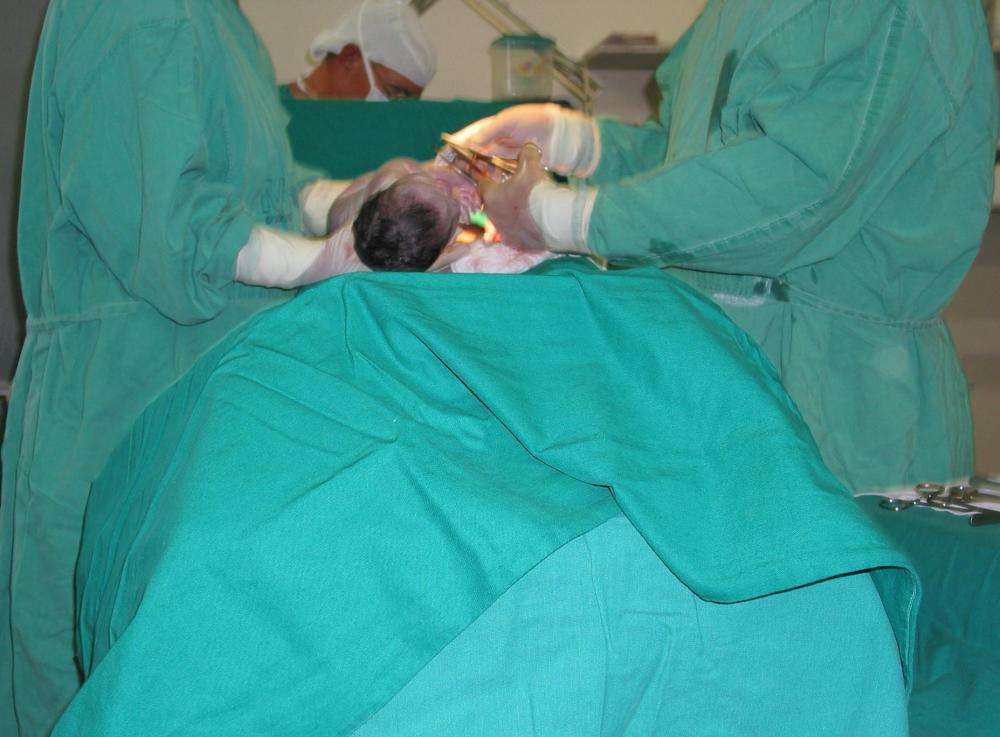At WiseGEEK, we're committed to delivering accurate, trustworthy information. Our expert-authored content is rigorously fact-checked and sourced from credible authorities. Discover how we uphold the highest standards in providing you with reliable knowledge.
What is Cephalopelvic Disproportion?
Cephalopelvic disproportion (CPD) refers to a rare condition present in about 4 in 1000 births. In this condition the baby’s head or more rarely the body is too large to fit through the birth canal, and it is thought that caesarian section is the preferred option for labor. Though true CPD is rare, this diagnosis gets used more often than true rate of occurrence should a labor fail to progress. When labor is not progressing, it may simply be diagnosed as cephalopelvic disproportion and a c-section could thus be performed. A variety of opinions exist on using diagnosis in this fashion.
There are some times when cephalopelvic disproportion truly exists and certainly labor can fail to progress for a number of other reasons. For example, c-section could definitely be required if labor is lasting long after water has broken, since there is increased risk for infection. Some define CPD as most common when there are abnormalities in the shape or bone structure of the pelvis or if a woman has rickets. It doesn’t necessarily occur in circumstances where a woman is short or smaller and the father of the baby is tall, or if a woman has a large amount of fat tissue that intrudes on the pelvis. Nor is it the case the c-section is inevitable if a baby is sized via sonogram, as large, since these estimates can prove inaccurate.

Generally cephalopelvic disproportion is decided on a case by case basis at time of delivery. Some women with conditions like rickets, or who have pelvic anomalies may still vaginally deliver. If this is their preference, they should look for a doctor or midwife that supports this decision. Even with support of a doctor, at time of labor things can change quickly if labor does not progress within a specific time period.

There is no dispute the cephalopelvic disproportion does exist and can affect labor in a small percentage of women. However, there is concern about the many times this condition is diagnosed when it is not truly the factor that may be halting or slowing labor. Additionally some people advocate for a decrease in the number of c-sections performed, and they often look to the looser definitions of CPD as problematic for women, because there may be other ways to handle complicated labor and delivery besides performing a c-section. Obstetrician/gynecologists do turn to c-section when they feel labor is placing potential risk on a mother or child’s life; yet there is a strong argument among those opposed to c-section that this not always the best choice for the mother and for future child-bearding.
AS FEATURED ON:
AS FEATURED ON:












Discuss this Article
Post your comments